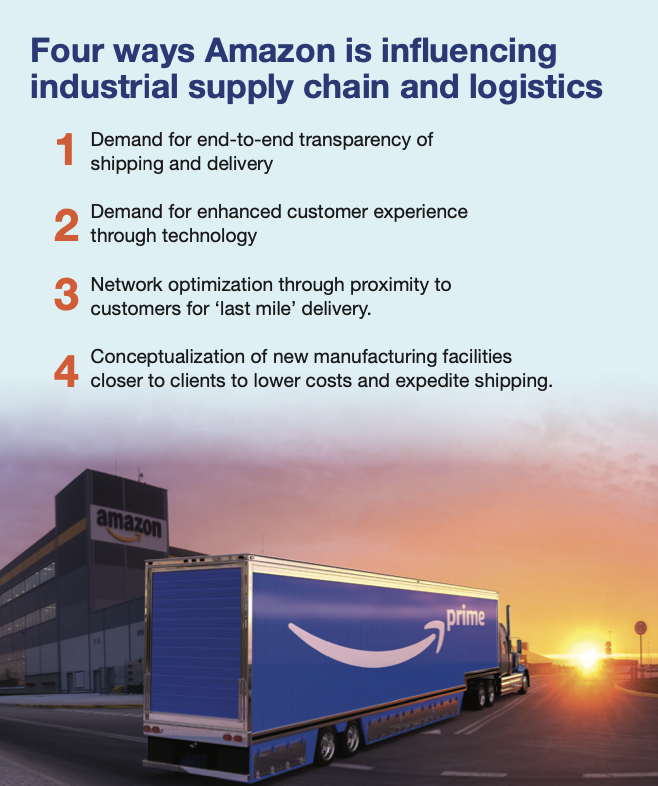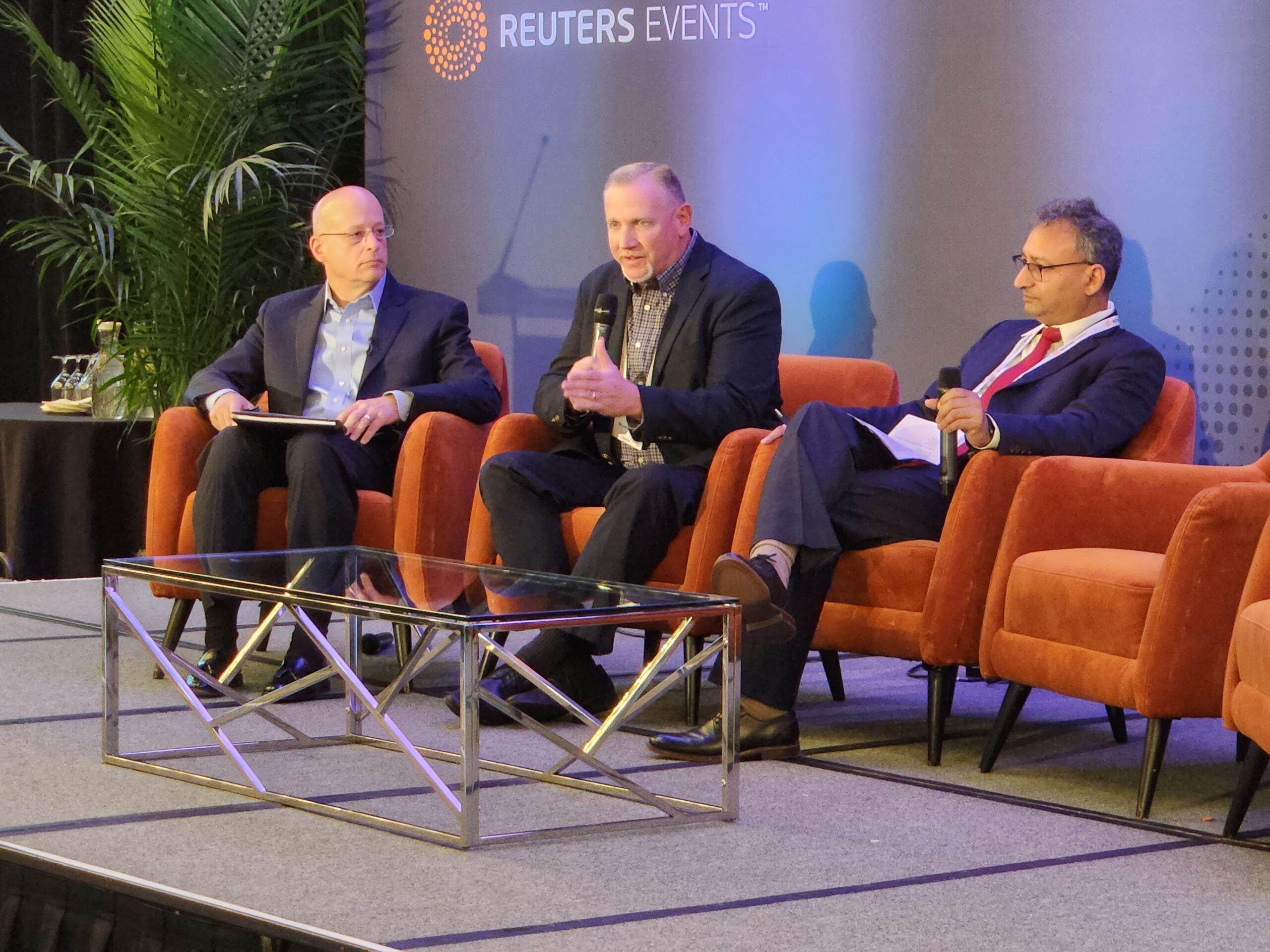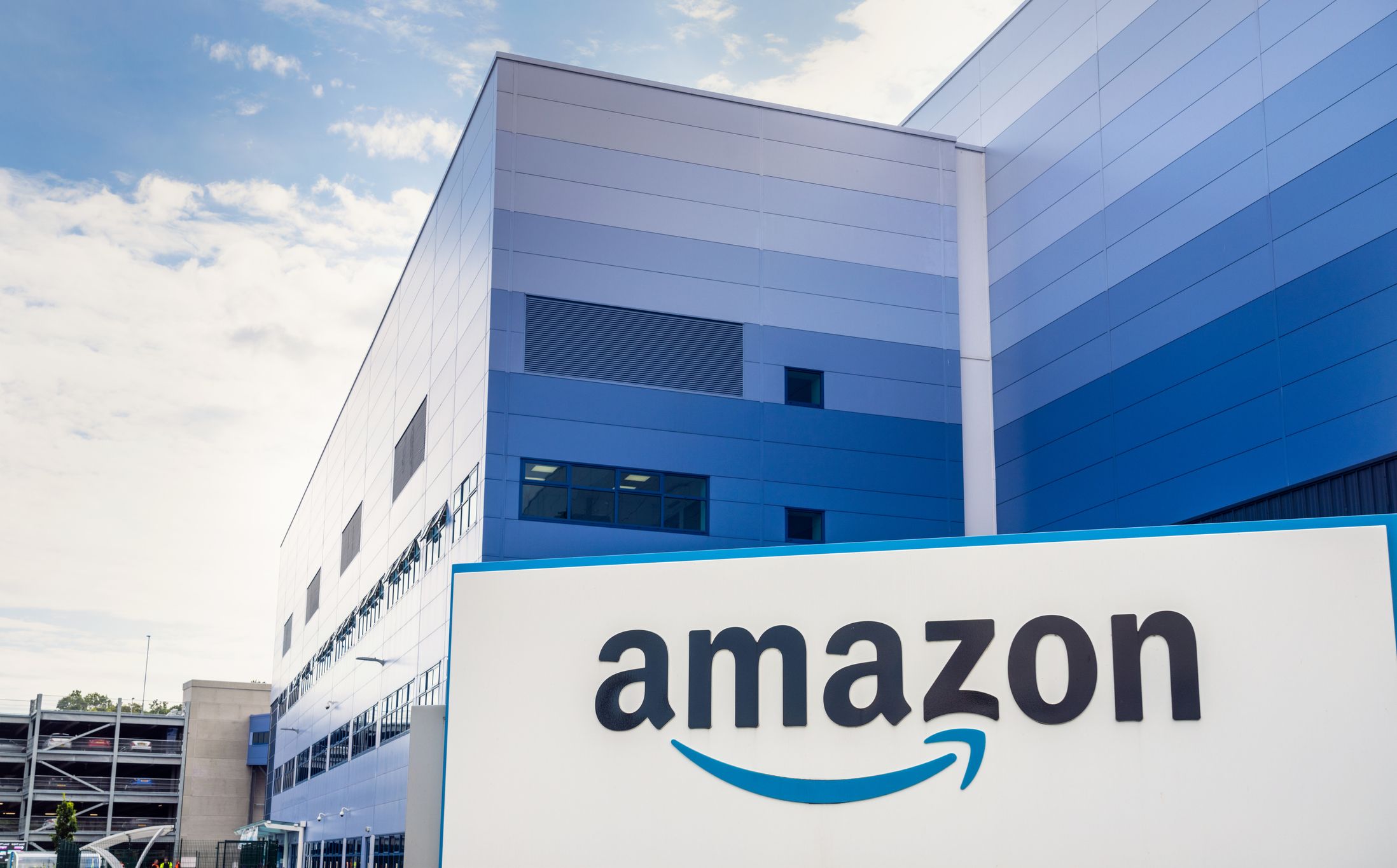The petrochemical industry is in the middle of a transformation of sorts in terms of its logistics and supply chain processes. It seems industrial owners haven’t been excluded from the changing customer expectations brought about by the Amazon business model – aka “The Amazon Effect.”
Speakers at a recent Petrochemical Supply Chain & Logistics conference in Houston pointed to enhanced transparency, increased reliance upon technology and greater visibility of the entire order and delivery process as direct outcomes of Amazon’s impact on commerce.
“The bottom line is, are we meeting the customer’s expectations in the current environment?” says Mark Baxa, president & CEO of The Council of Supply Chain Management Professionals in St. Louis, who mediated the panel.
Bruce Sullivan, vice president of integrated logistics at Covestro in Freeport, Pennsylvania, a supplier of premium polymers, says The Amazon Effect has pushed the industrial market in a new direction. An owner’s success will soon depend upon its ability to enhance the end-to-end visibility of the process through data unity and building resilience with smarter planning and operations. “We would’ve eventually gotten there, but the Amazon model has pushed industrial companies to look at transparency, technology and visibility into their products, from point of shipment through delivery,” Sullivan says.
“It’s a matter of figuring out how we as an industry can meet customer demand and manage expectations.”
The Amazon Effect is particularly impactful in the logistical and supply chain space, says Manish Misra, vice president of Sandpiper Chemicals in Houston. In that realm, it can affect everything from the conceptualization of a manufacturing facility to the delivery of the product it produces. Sandpiper Chemicals is currently building a grassroots methanol plant in Texas City, Texas, to be completed in 2024.
Misra says network optimization is a key component of the Amazon way doing things. Often, he adds, owners are choosing to physically locate closer to the customer to both reduce product cost and improve reliability. “The lifecycle of a product starts with the location of the manufacturing plant,” he adds, “and how efficiently you get your feedstock, equipment and supplies. That capital expenditure ends up in the cost of the product and passed on to the customer.
“One of the key considerations in choosing your location,” Misra says. “Will you have adequate access to feedstocks? Can you get the feedstocks at a lower cost? Can you transport your finished product to you customer at a lower cost? Not only do you have access to rail, shipping and other infrastructure, but do you also have access to pipelines so that your product can go directly from where you’re producing to the end customer?”
Those factors all contribute to bringing down the overall cost of the end product. “After all, a customer wants a product at the lowest cost within a reliable time frame,” Misra notes. “Choosing a physical location that enables an owner to do that can make all the difference.”

GOING REGIONAL
Similar to Amazon’s strategy of building distribution facilities at various locations across the country, industrial owners are finding ways to get their product closer to the customer via warehouses for improved “last mile” deliveries, or by building manufacturing facilities closer to a product’s final destination.
“The linear supply chain is something of the past,” Misra says. “Much of our product goes to a warehouse. Not only does that help us from a petrochemical standpoint, but on the transportation side as well.”
It’s all about network optimization, says Sullivan, “and ours at Covestro is pretty robust. Whether shipping by rail to a transload location or to a warehouse, it gets our product closer to the customer and helps with that last mile delivery where we can meet customer demand in a day or two days, whatever the case might be. Much of our product goes to a warehouse, whether the northeast, west coast or elsewhere.”
When properly applied, technology is undeniably crucial in terms of automating and accelerating the process.
“For example, can you incorporate AI-based executions strategies when building up your plant and processes?” Misra says. “Can you create your network in a way that is more efficient? In our company, we don’t have the numbers of employees as some of the larger players, so we lean on technology to deliver more value and efficiency to the customer. That’s why they’re coming to us.”
But no matter the technological platform, it’s important to create a simplified process that enables customers to fully benefit from improved transparency and visibility into their shipments, the panel concluded.
From order planning, procuring to servicing, the industry is transforming into an integrated technology platform that gives customers transparency during every stage.
As with Amazon, customers want to know the location of the product and when it will be delivered. “That’s the critical piece,” Sullivan says. “When you look at the networks that we have, the complexities of our supply chains and the touchpoints, the ability to track your product or shipment is significant. The customer wants visibility.”
Sullivan’s company uses a third-party network of suppliers that bring a high level of technological expertise to the table. “That provides us with the platform, expertise and skillsets to facilitate the interface with the customer,” Sullivan adds. “We have tracing and tracking on the transportation end, but the technology is a differentiating factor. Having third parties and the core values they provide is critical.”

SOME EXPECTED RESISTANCE
Nonetheless, there is some undeniable industry resistance to an Amazon-based approach to the industrial supply chain, Sullivan says, but that’s mostly due to a lack of trust.
“We’re a little slow to adapt,” he adds. “This is an industry that likes to talk to someone or deal with the same customer service people. They’re used to being able to call someone to check on their order.
“Now we’re trying to get them to do it themselves and trying to shake that up. It’s about getting technology to the point where they can trust it and trust the data so that they know they’re going to get their shipment, then reinforcing it with a self-service portal that enables them to do just that, and do it easily.”
The pace of the change, however, will depend upon the industry. “The buyers are different depending upon the market,” Misra says, “but they’re all moving in that direction in one way or another.”








